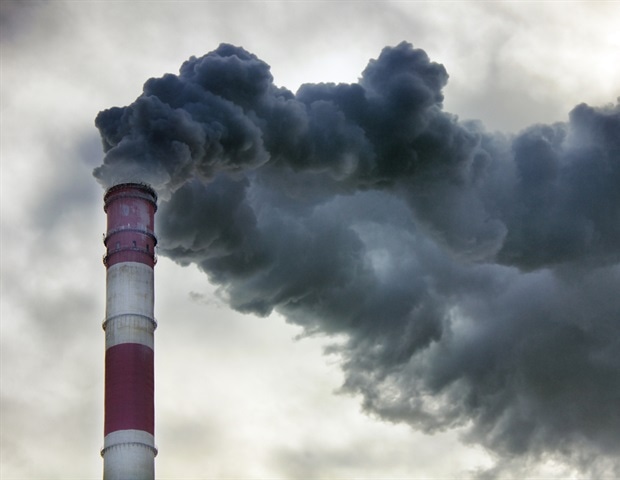Adolescents exposed to higher levels of fine-particle air pollutants have heightened autonomic nervous system reactions to social stress, reports a study in Psychosomatic Medicine: Journal of Biobehavioral Medicine, the official journal of the American Psychosomatic Society. The journal is published in the Lippincott Portfolio by Wolters Kluwer.
Teens with anxiety and depression appear to be particularly vulnerable to the effects of air pollution on physiological reactions to stress, according to the new research by Jonas G. Miller, PhD, of Stanford University and colleagues. They write,
These findings contribute to a growing literature suggesting that physical pollutants play a significant role in psychosocial functioning.”
Psychological factors may affect physiological reactions to pollutants
The experimental study included 144 California adolescents of diverse race/ethnicity and socioeconomic backgrounds. They performed a test designed to elicit heightened levels of stress: being evaluated while giving a five-minute speech and performing a math test. Bodily responses to social stress were measured, including heart rate variability and skin conductance level.
Air pollution monitoring data were used to assess levels of fine-particle air pollutants (PM2.5) in the neighborhoods where the teens lived. Exposure to PM2.5has been linked to increased autonomic imbalance, negative emotional states, and possible short- and long-term health risks.
The investigators found that the social stress test produced increased reactivity of the autonomic nervous system – characteristic of the so-called “fight or flight” response to stress. The increase in autonomic reactivity was greater for teens living in neighborhoods with high levels of PM2.5. Socioeconomic factors did not explain the association between air pollution and autonomic responses to stress.
However, the degree to which PM2.5 and stress reactivity wererelated depended on the adolescents’ mental health symptoms. Teens who reported higher levels of anxiety and depression symptoms showed the strongest association between PM2.5and autonomic reactivity to social stress. “In fact, there was not a significant association between PM2.5 and autonomic reactivity in adolescents who reported the least severe anxiety and depression symptoms,” Dr. Miller and colleagues note.
The study adds to a growing body of research suggesting that psychological factors influence vulnerability to the negative health effects of environmental pollution. The association might be especially relevant in adolescence, which is already a time of high sensitivity to social stress and evaluation. Pollution-related increases in stress reactivity might play a role in the development of mental and physical health problems.
The links between PM2.5, autonomic reactivity to stress, and mental health symptoms may have important policy and clinical implications, Dr. Miller and colleagues believe. They write, “Limiting exposure to PM2.5might help reduce adolescent reactivity to social stress and evaluation, which appears to be particularly helpful for youth who are experiencing symptoms of anxiety and depression.”
Miller, J.G. et al. (2019) Fine Particle Air Pollution and Physiological Reactivity to Social Stress in Adolescence. Psychosomatic Medicine. doi.org/10.1097/PSY.0000000000000714.
